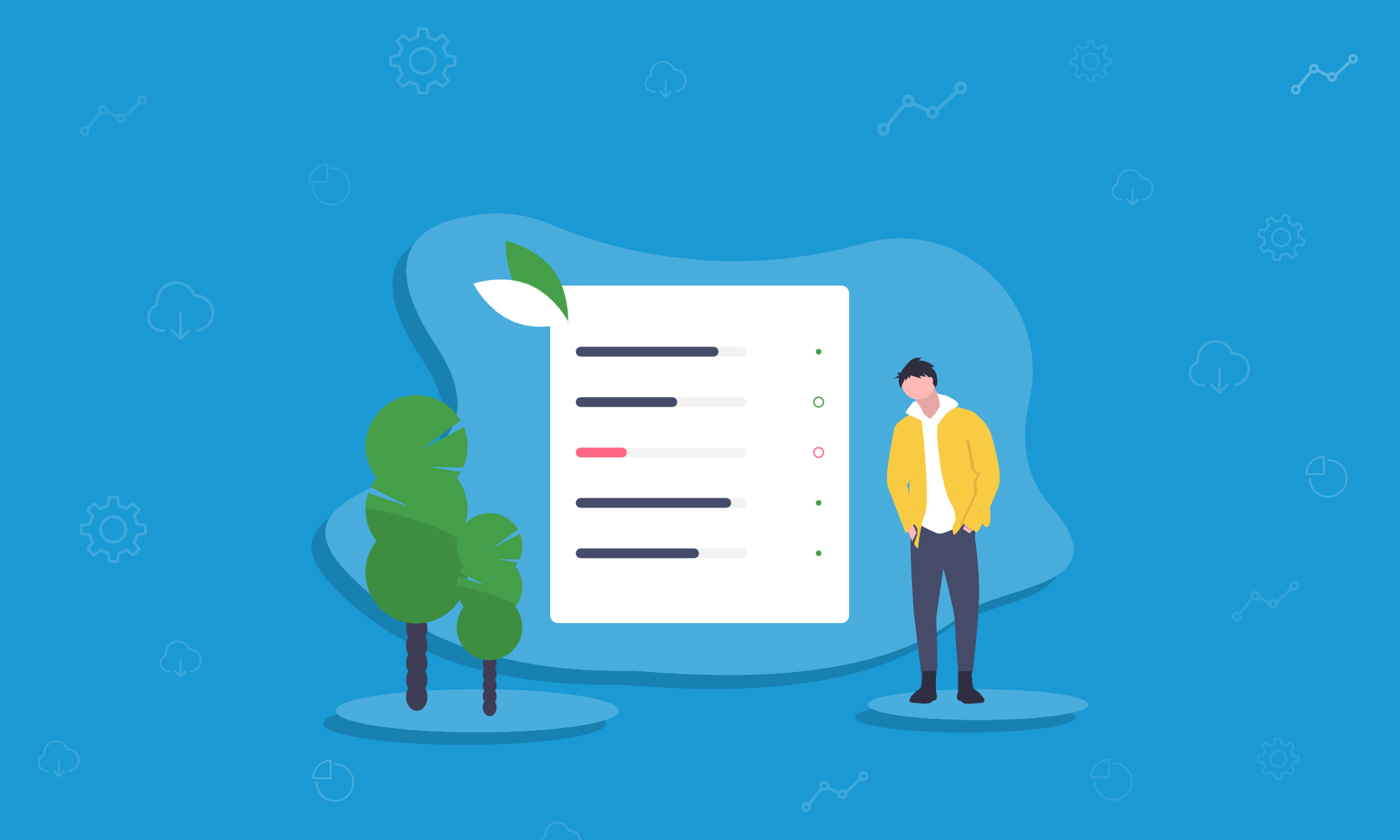Picture this: you own a great little restaurant in the heart of a buzzing city. You’re doing well and have plenty of regulars, plus a menu to die for. But how are you meant to know whether you’re actually turning a profit? Enter the profit and loss report.
Reporting
Real-time accounting reports in a few clicks









